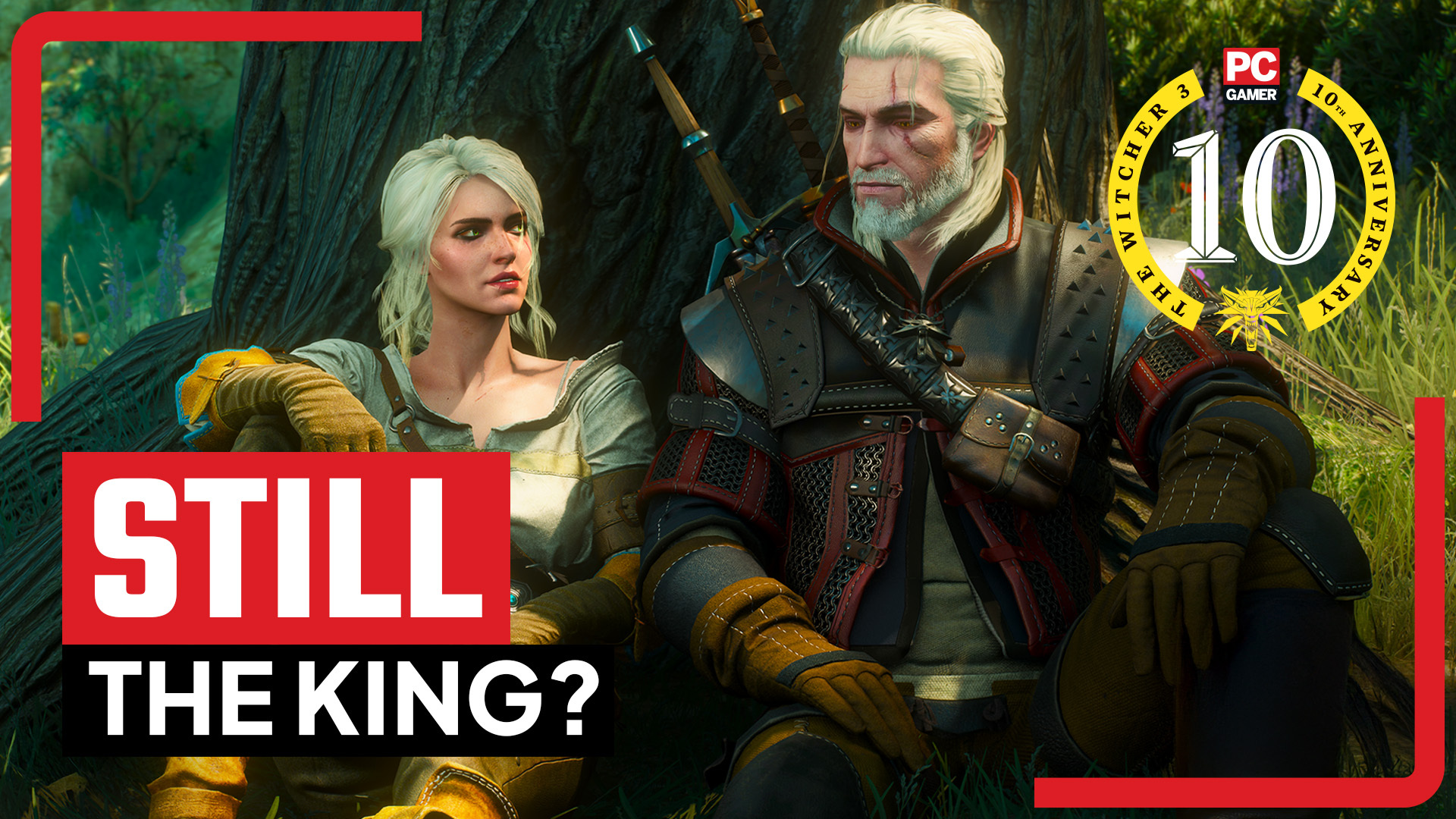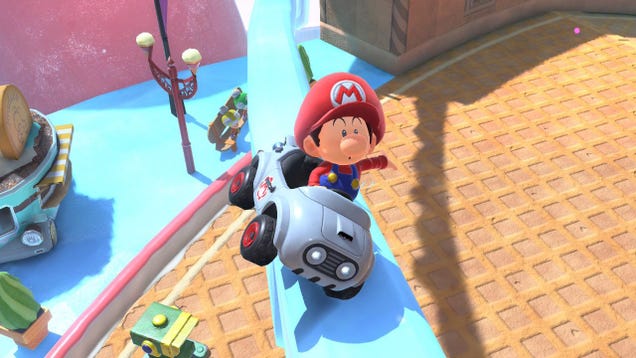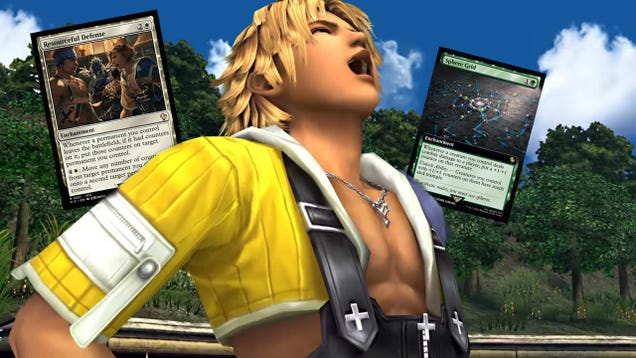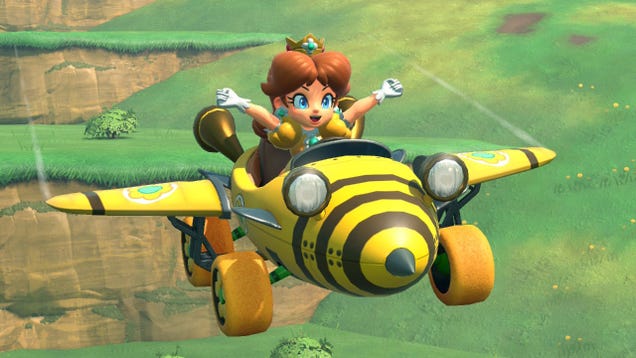Why We Still Love The Witcher 3, 10 Years On
Remember Fetching That Frying Pan? Why The Witcher 3 Still Slaps 10 Years On
Alright gamers, let’s talk numbers. Ten years! Can you believe it? It feels like just yesterday we were strapping on our swords, whistling for Roach (who inevitably got stuck on a fence), and diving headfirst into another monster contract that somehow always spiralled into a morally complex, emotionally gut-wrenching tale.
Yep, we’re talking about The Witcher 3: Wild Hunt. Released back in May 2015, CD Projekt Red’s masterpiece didn’t just arrive; it landed with the force of a falling fiend, instantly cementing its place in the hallowed halls of PC RPG legends. And seriously, where did that decade even go? Maybe it’s the passage of time – that cruel, relentless march – or maybe it’s just how utterly engrossing this game is, making you forget you’re not a centuries-old, potion-guzzling monster hunter.
The weirdest part about The Witcher 3 hitting the big 1-0? It genuinely doesn’t feel like it. Ten years later, and how many games have actually managed to knock this one off its pedestal? Not many, if we’re being honest. The writing, the voice acting, the sheer depth of the world – it all holds up freakishly well, absolutely going toe-to-toe with titles dropping right now in 2025.
Still Getting Lost in Velen: What Makes The Witcher 3 Timeless?
So, why are we still booting up a decade-old game? Because it’s not just a game; it’s an experience. It’s a world brimming with life, death, and every shade of morally grey in between. It’s the kind of RPG that respects your intelligence and your time (mostly, cough*gwent*cough).
The Narrative Powerhouse: Stories That Stick
Let’s be real, The Witcher 3’s main strength is its storytelling. CD Projekt Red didn’t just give us fetch quests; they gave us narratives. Every side quest often has more depth and impact than the main storyline in many other games. Think about the Bloody Baron questline – a masterclass in nuanced writing, exploring themes of domestic abuse, grief, and unintended consequences. It’s dark, it’s uncomfortable, and it’s absolutely captivating. These aren’t just characters; they feel like real people (or real monsters) with histories, motivations, and flaws. This commitment to character and narrative depth is incredibly rare and a huge reason why the game’s stories stay with you long after you’ve finished them.
And it’s not just the big questlines. Even the smallest contracts can lead to unexpected moments of tragedy or dark humour. Finding a monster’s lair doesn’t just lead to a boss fight; it often unravels a tale of human folly, love gone wrong, or ancient curses. This constant weaving of narrative into gameplay makes every moment feel meaningful.
A World Alive (and Kicking)
Beyond the stories, there’s the world itself. From the wind-swept, war-torn plains of Velen to the bustling, decadent streets of Novigrad and the stunning, rugged beauty of Skellige, the environment is a character in itself. It feels alive, reacting to your presence and teeming with details. Remember riding Roach through a random field and stumbling upon a hidden cave or a tiny, unmarked hut with a brief, tragic story attached? Those are the moments that make the world feel truly open and lived-in.
The weather system, the day-night cycle, the way monsters behave differently depending on the time – it all contributes to an incredibly immersive experience. Those iconic Velen sunsets, painted in hues of orange and purple, are just as breathtaking now as they were ten years ago. You don’t just play in this world; you inhabit it.
Combat That Evolved (Over Time)
Okay, okay, the combat wasn’t perfect for everyone at launch, but let’s appreciate how much it offered. The blend of swordplay, signs (magical abilities), bombs, and potions gave players a toolkit that allowed for creative approaches to combat. Learning monster weaknesses, preparing before a tough fight with oils and decoctions – it added layers of strategy beyond simple button mashing. While some found it clunky initially, mastering Geralt’s moves, dodging devilishly timed attacks, and unleashing a perfectly placed Igni sign feels incredibly satisfying. It forces you to think like a Witcher, analyzing your foe and preparing accordingly, rather than just wading in swinging.
Celebrating The Witcher 3’s Big 1-0
As part of celebrating ten glorious years of monster hunting and morally ambiguous choices, we’re diving back into what makes The Witcher 3 an enduring masterpiece. We’re looking at those unforgettable quests, the stunning landscapes, the characters we love (and love to hate), and those little details that make the world so special.
There are plenty of ways to revisit the magic. You can find dedicated video series exploring the game’s greatest strengths and some of our favourite moments, like that infamous Bloody Baron saga or simply soaking in the atmosphere of Velen under a stormy sky.
So, whether you’re a seasoned veteran on your fifth playthrough or someone who somehow missed this phenomenon the first time around, now’s a perfect time to jump back into (or start your journey in) the world of The Witcher 3. Grab your silver sword, brew a Swallow potion, and remember: sometimes, the real monsters are the friends we made along the way… or just regular humans. Mostly humans, actually.






